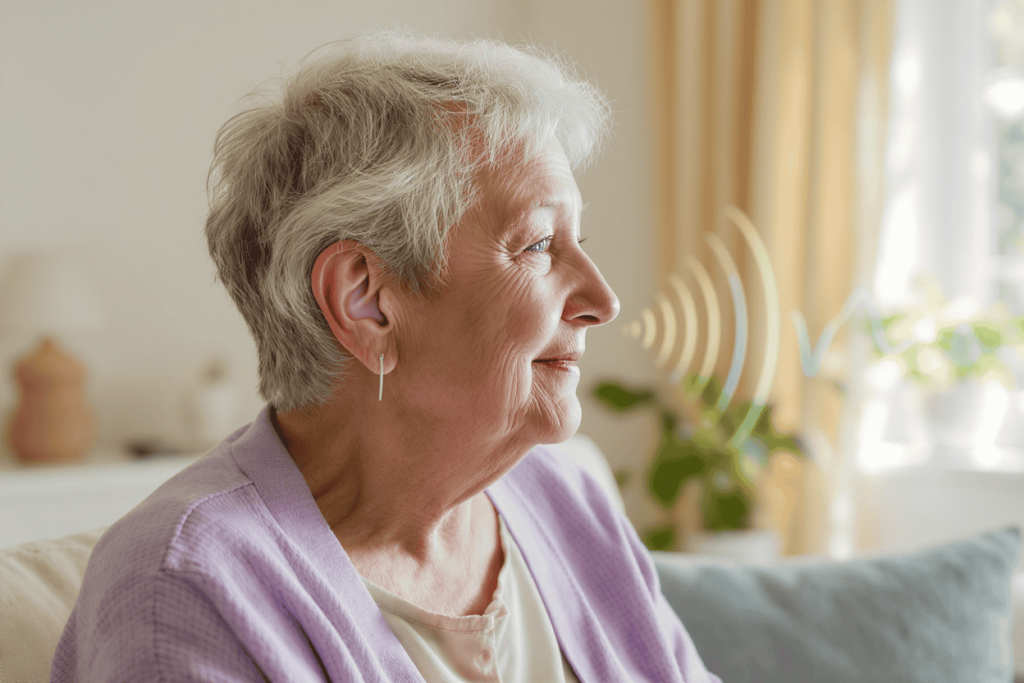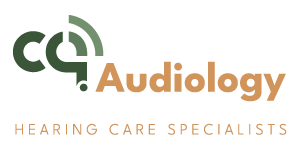
Your hearing naturally declines as you age due to the gradual deterioration of your inner ear structures. The tiny hair cells that convert sound waves begin to break down and die, while your auditory nerve becomes less efficient at sending signals to your brain. Environmental factors like loud noise exposure, certain medications, and medical conditions can speed up this process. Understanding these changes can help you take steps to protect your hearing health.
The Natural Aging Process of the Inner Ear
As you grow older, the delicate structures inside your inner ear gradually deteriorate, leading to age-related hearing loss known as presbycusis. The tiny hair cells in your cochlea, which convert sound waves into electrical signals, begin to break down and die. Once these cells are damaged, they don’t regenerate.
Your auditory nerve, which carries sound signals to your brain, also experiences age-related changes that can slow down signal transmission. Additionally, the blood flow to your inner ear may decrease over time, reducing the oxygen supply these sensitive structures need to function properly. You’ll likely notice difficulty hearing high-frequency sounds first, followed by challenges understanding speech, especially in noisy environments. This natural aging process typically affects both ears equally and progresses slowly over time.
Common Signs and Symptoms of Age-Related Hearing Loss
While age-related hearing loss develops gradually, you’ll notice several telltale signs that indicate your hearing isn’t what it used to be. You might find yourself frequently asking others to repeat themselves or speak more slowly. Speech may sound muffled, and you’ll have particular difficulty understanding conversations in noisy environments like restaurants or crowded rooms.

You may notice you’re turning up the TV volume higher than before, and high-pitched sounds like doorbells or phone rings become harder to hear. Women’s and children’s voices might be especially challenging to understand. You’ll likely struggle with distinguishing certain consonant sounds, such as confusing “bath” with “path” or “show” with “throw.” These symptoms often lead to feeling frustrated during conversations and sometimes avoiding social situations altogether.
Environmental Factors That Accelerate Hearing Decline
Several environmental factors can speed up age-related hearing loss beyond its natural progression. If you’re regularly exposed to loud noises at work, such as construction equipment, factory machinery, or aircraft engines, you’re at higher risk. Even recreational activities like concerts, motorcycling, or using power tools without proper protection can damage your hearing over time.
Treatment Options and Hearing Assistance Technologies
Modern treatments for age-related hearing loss offer multiple solutions based on the severity of your condition. The most common option is hearing aids, which come in various styles from behind-the-ear to nearly invisible in-canal devices. If you’re experiencing severe hearing loss, cochlear implants might be necessary, involving surgery to insert electronic devices that stimulate your auditory nerve.
Assistive listening devices can complement your primary treatment. These include amplified phones, TV listening systems, and FM systems that help you hear better in noisy environments. You’ll also find smartphone apps that convert speech to text and alert you to important sounds. Your audiologist can recommend the most suitable combination of these technologies based on your lifestyle, hearing needs, and budget.
